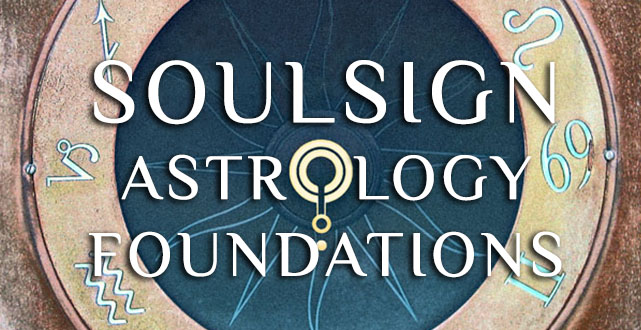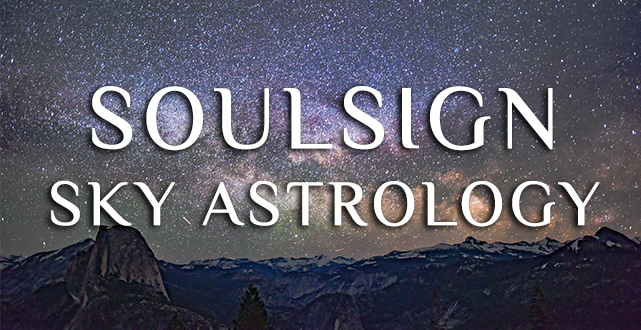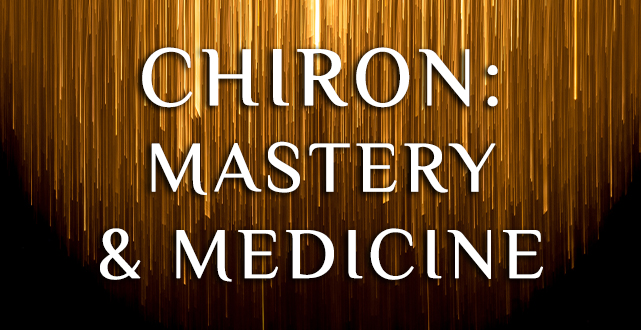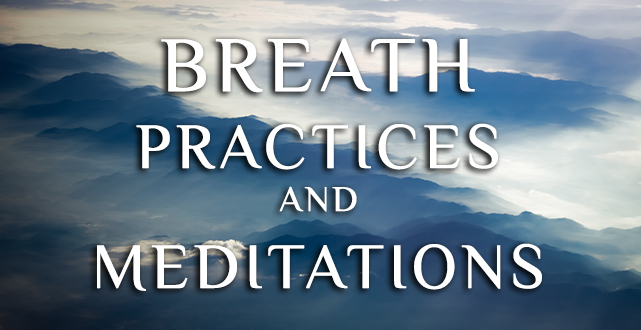
“A classic conversation starter since the evolutionary 1960s has been “What’s your sign?” But, if astrologer Adam Gainsburg had his way, the new line would be “What’s your phase?” The question refers to the 13 phases of Venus in her relationship to the Sun. Most people know that Venus can be seen as a Morning Star and as an Evening Star, and then there’s the transition between these two when she’s invisible. By actually observing Venus in the night sky go through these changes, Gainsburg has refined the discernible phases into 13 distinctive categories, each with its own very specific meaning.
The Light of Venus is Gainsburg’s explanation of these 13 phases and how they can be interpreted in the natal chart. The author seems to be riding the same wave as Arielle Guttman whose most recent book, Venus Star Rising, was reviewed in the October 2011 issue of this magazine. Both authors have undertaken revolutionary new approaches to understanding Venus in the horoscope. And they’ve both correlated their interested in the subject to the emerging Feminine consciousness that is supplanting the patriarchal dominance of the last several millennia. Both authors have linked Venus to one’s ultimate purpose in life, though they do this in very different ways.
Gainsburg has summarized the key principle in his method by emphasizing that “[y]our personal life purpose is bigger than your personal life.” I like this statement for its zen-like quality, for its apparent paradox that, once understood, leads the reader to primary qualities of the 13 Venus phases. In traditional astrology, Venus is associated with romance, art, relationships, personal attraction, and financial affairs. Venus is also about doing what feels natural rather than what one is supposed to do, or believes one should do. By tuning into Venus, we turn inward to what feels right in our hearts. We begin expressing our genuine talents or gifts, and in this way, we are participating in the Return of the Feminine.
It’s not just about gender, since men and women all have Venus somewhere in their chart and can engage this planet and her connections to society-at-large. In this way, following our personal passion becomes a socially enhancing process. Gainsburg discusses all this in terms of one’s “dharma,” which is something we enter this world already wired to experience. Dharma is “one’s spiritual responsibility, the work, gift or thing only you can bring into the world, and any practice(s) that clarify or strengthen you to do that.” When we work out our individual dharma, we are simultaneously helping society to evolve.
All this is explained in Part I of The Light of Venus, which covers the first 50 pages. The bulk of the book is Part II, which has 13 chapters, one for each of the Venus phases. Part III is a look-up table for the Venus phases so you can easily find out what phase you were born under. It covers the years 1900 to 2100, and if you were born when the phase shifted from one to the next, the author suggests that you read both, since you were born on the cusp.
The physical characteristics that separate one Venus phase from another are her brightness, speed, distance from the Sun and retrograde and direct stations. Each of these qualities helps define the individual phases. For example, the first phase is when Venus is conjunct the Sun and is therefore invisible. This interval is called the Inception Phase, and it tends to encourage reliance on self; it may mean that others don’t understand you well (Venus’s light is hidden). The symbolism of Venus in this very early position of hr journey around the Sun suggests that you may feel like you only have time for important matters or for what is most real. The dharma of this phase is “working with potentials to fertilize the dream of a richer togetherness.”
In the same way, each of the 13 phases is explored by offering key phrases, a deeper explanation, a diagram that depicts the leg of Venus’s entire journey and a meditation image. Throughout the narrative, the author shows how the phase connects one’s personal purpose to the advancement of civilization. This is one’s dharma, which is ingeniously associated with Venus. Gainsburg’s text is completely original, unique and relevant.
Review by Chris Lorenz
Dell Horoscope Magazine
September 2013
DellHoroscope.com






